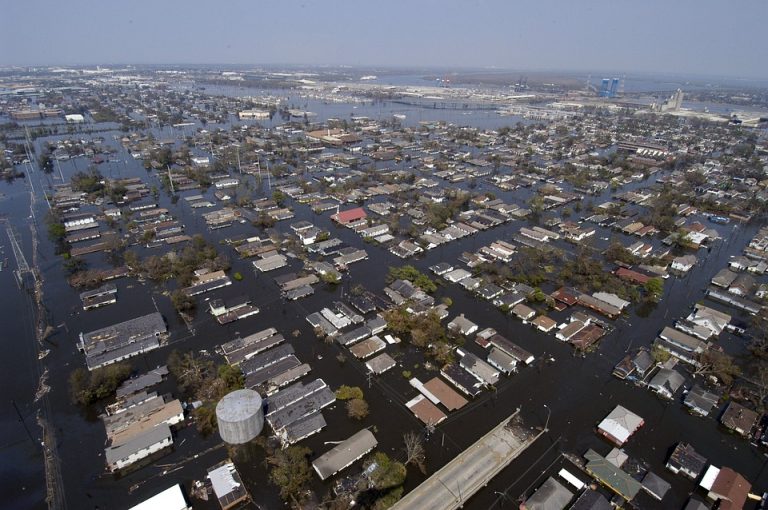From natural disasters to unforeseen security threats, individuals and families must consider a comprehensive emergency preparedness plan. Within this framework, self-defense takes a crucial place. While there are various means of self-protection, the use of firearms is a topic that often sparks significant debate. Understanding the role of firearms for emergency preparedness is essential for crafting a well-rounded approach to personal and family safety.
The Significance of Self-Defense in Emergency Preparedness
In times of crisis, when law enforcement resources may be stretched thin, the ability to protect oneself and loved ones becomes paramount. Self-defense strategies can provide a sense of security and confidence during these trying moments. From hand-to-hand combat techniques to non-lethal weapons, individuals often explore a range of options. However, for many, firearms represent an important aspect of their self-defense toolkit.

Why Firearms Can Be Integral to Self-Defense
Firearms are effective tools for self-defense due to their capacity to neutralize threats from a distance. When faced with a dangerous situation, the ability to deter or incapacitate an aggressor from a distance can be crucial. Properly trained individuals can utilize firearms to defend themselves and others, offering a layer of protection that might not be achievable with other self-defense measures. Additionally, the mere presence of a firearm can act as a deterrent, potentially preventing a violent situation from escalating.
The Importance of Responsible Firearm Ownership
While acknowledging the potential benefits of firearms in self-defense, it is imperative to underscore the need for responsible firearm ownership. This includes thorough training in firearm handling, understanding of local laws and regulations, secure storage practices to prevent unauthorized access, and a comprehensive understanding of the ethical implications of firearm use. Responsible firearm ownership is essential to ensure that the presence of firearms contributes to safety and security rather than escalating risks.
Integrating Firearms into an Emergency Preparedness Plan
Integrating firearms into an emergency preparedness plan involves careful consideration and planning. This includes selecting appropriate firearms based on individual circumstances and needs, regular training to maintain proficiency, and understanding the legalities associated with the use of firearms in self-defense. Furthermore, it is essential to have a comprehensive understanding of de-escalation techniques and the use of firearms as a last resort when all other options have been exhausted.
Seeking Professional Guidance
Given the complexities associated with firearm ownership and usage, individuals interested in incorporating firearms into their emergency preparedness plans should seek guidance from certified firearm instructors and legal professionals. Engaging in training courses that emphasize safety, responsible firearm handling, and the legal implications of firearm use can significantly enhance one’s preparedness and confidence in self-defense situations.
In the realm of emergency preparedness, self-defense remains a crucial element for ensuring personal and family safety. While firearms can serve as an effective means of self-protection, responsible ownership and usage are of paramount importance. By integrating firearms into a comprehensive emergency preparedness plan that prioritizes safety and legal compliance, individuals can enhance their ability to protect themselves and their loved ones during times of crisis.



